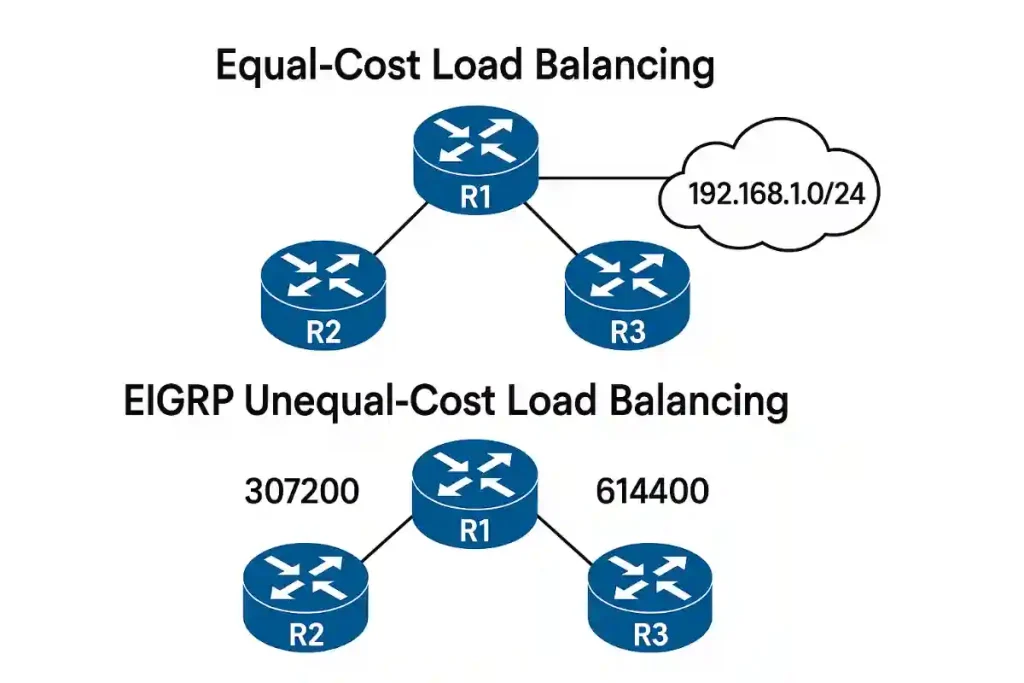How to Configure EIGRP Passive-Interface
A passive interface is used in all routing protocols, where we can stop sending updates from a specific interface. The behavior varies from one protocol to another. In EIGRP, using the passive-interface, we stop sending outgoing hello packets; therefore, the router cannot form any neighbor adjacencies via the passive interface. This behavior stops both outgoing… Read more
Read More How to Configure EIGRP Passive-Interface
